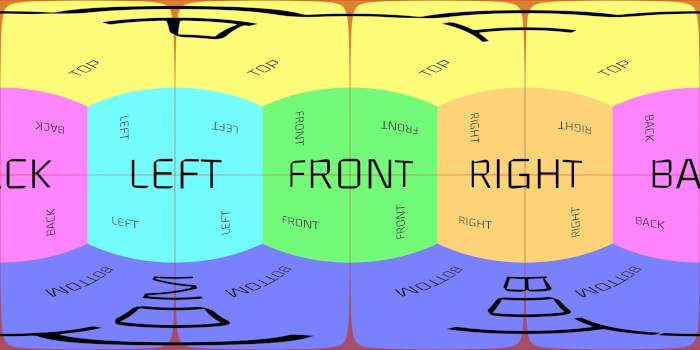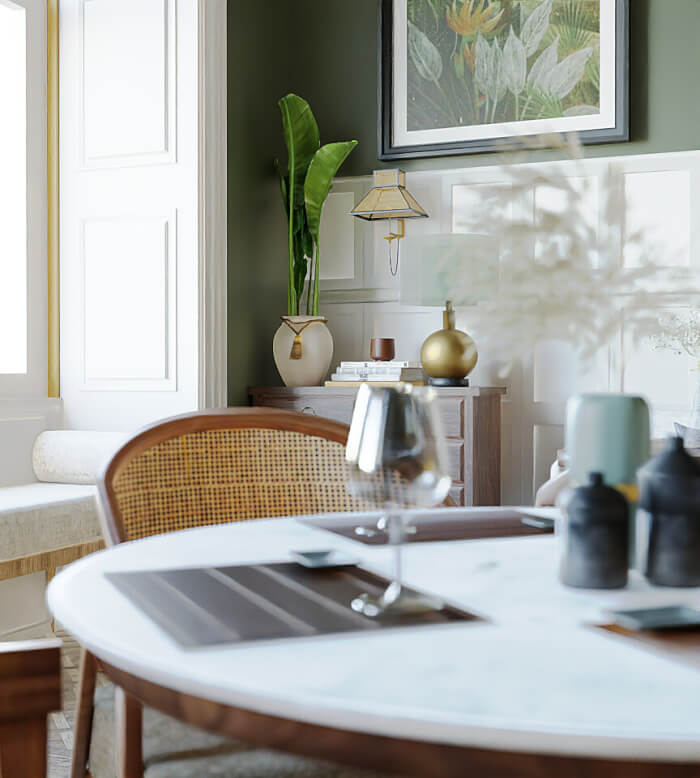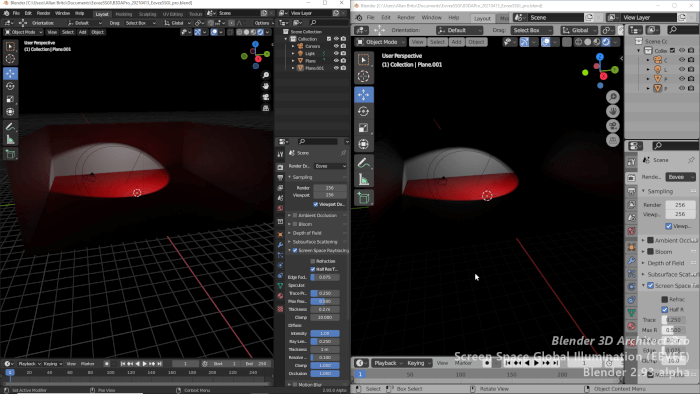
It is always good to have a wide range of options to choose when we have to start an architectural visualization project, and today our options to render projects with Blender are increasing in quantity and quality. I just found another open source renderer that is compatible with Blender, which uses unbiased methods to simulate light, which means that it uses physically based methods to simulate lights. This new option is called Mitsuba Renderer developed by Wenzel Jackob, and can be downloaded for free at the Mitsuba official web site. There are versions of the renderer in various flavors like Windows, Mac os x and Linux versions.
If you want to know how Mitsuba works, there is a reaaly nice video tutorial available:
Mitsuba Renderer Overview from Wenzel Jakob on Vimeo.
For those of you used to work with LuxRender, the workflow of the rendering will be quite familiar. First we have to load up a scene, and start the rendering. When the rendering starts, we can change the parameters of the image using a bunch of controls.
Is it compatible with Blender? Sure! In fact, all we need is a software capable of exporting scenes in COLLADA format, and we will be able to render it with Mitsuba.






the important question is: Is it better than yafaray and luxrender? Seems very fast, but it’s only a cornell box.
openGl? is it rendered on the gfx card?
It would be very nice to see an architectural visualisation with this renderer,
This program looks really nice. It is so plain simple and yet seems very powerfull! I wish morr programs would be like this. Thumbs up for wenzel.
Here there is a list about many option to render engines:
http://www.taringa.net/posts/downloads/7000643/3D-Render-libre-y_o-freeware-_Megapost_.html
So far, I still find that luxrender and yafaray are better options for archviz.
Its the simplicity and the very fast preview I fell for.
I know luxrender is implementing it and I love luxrender. (really do, Love love love)
But this is such a small program that you could actually show anybody a quick concept or and idea with only a laptop.